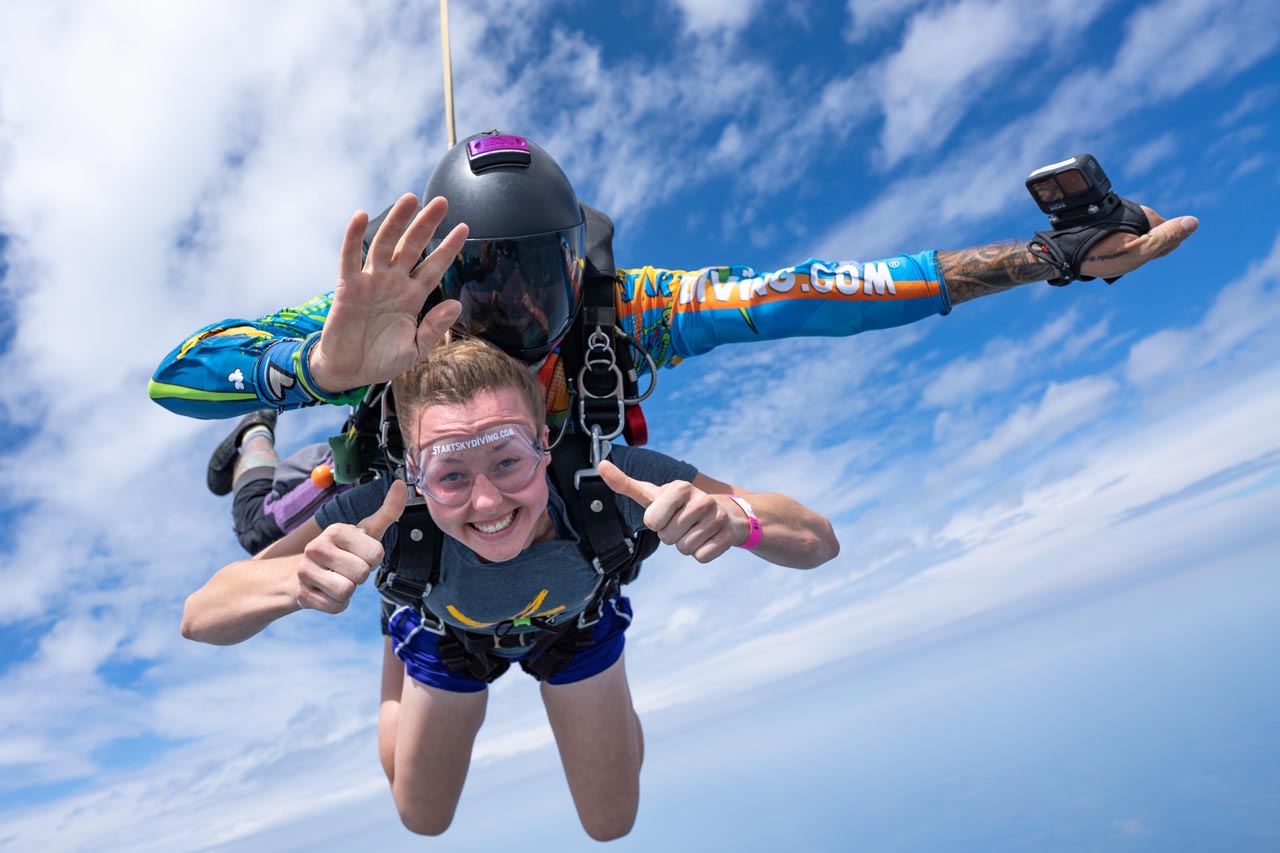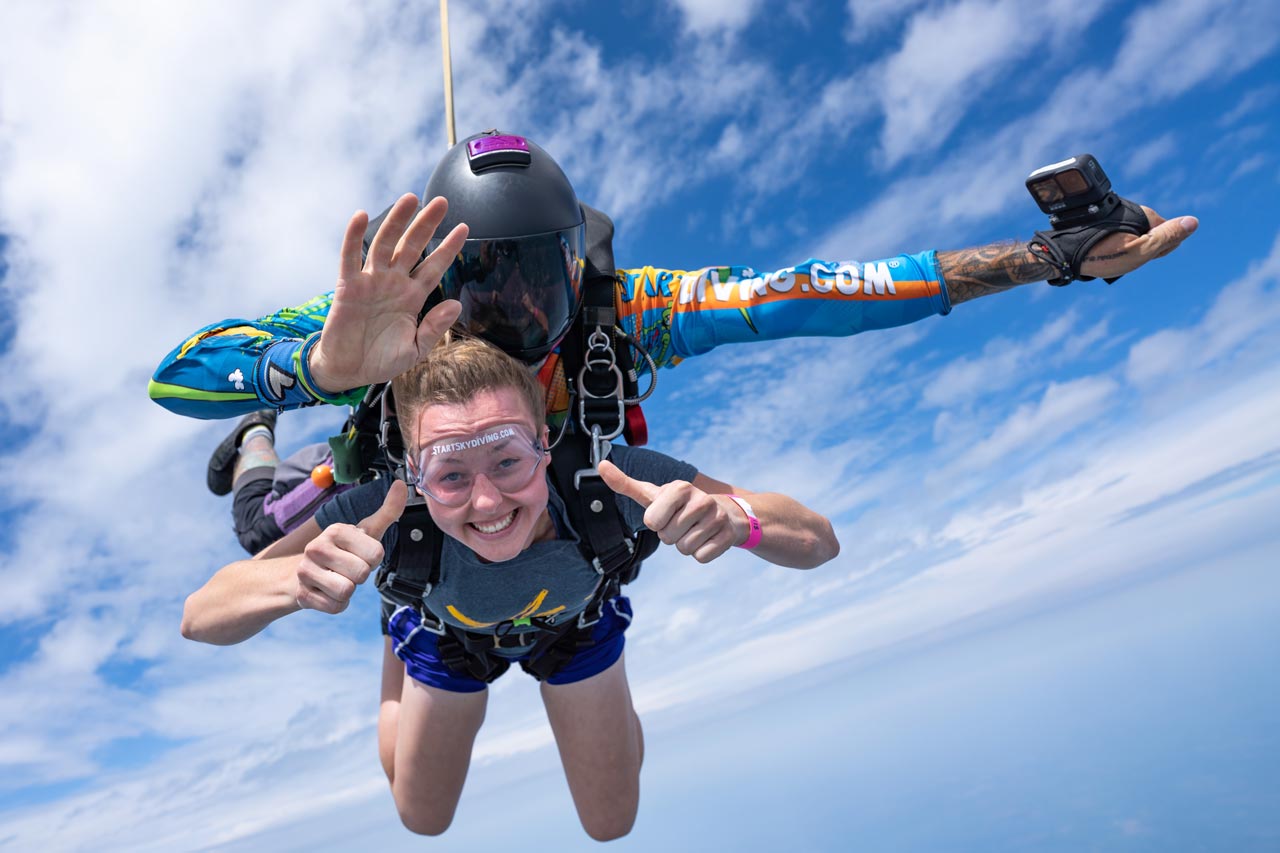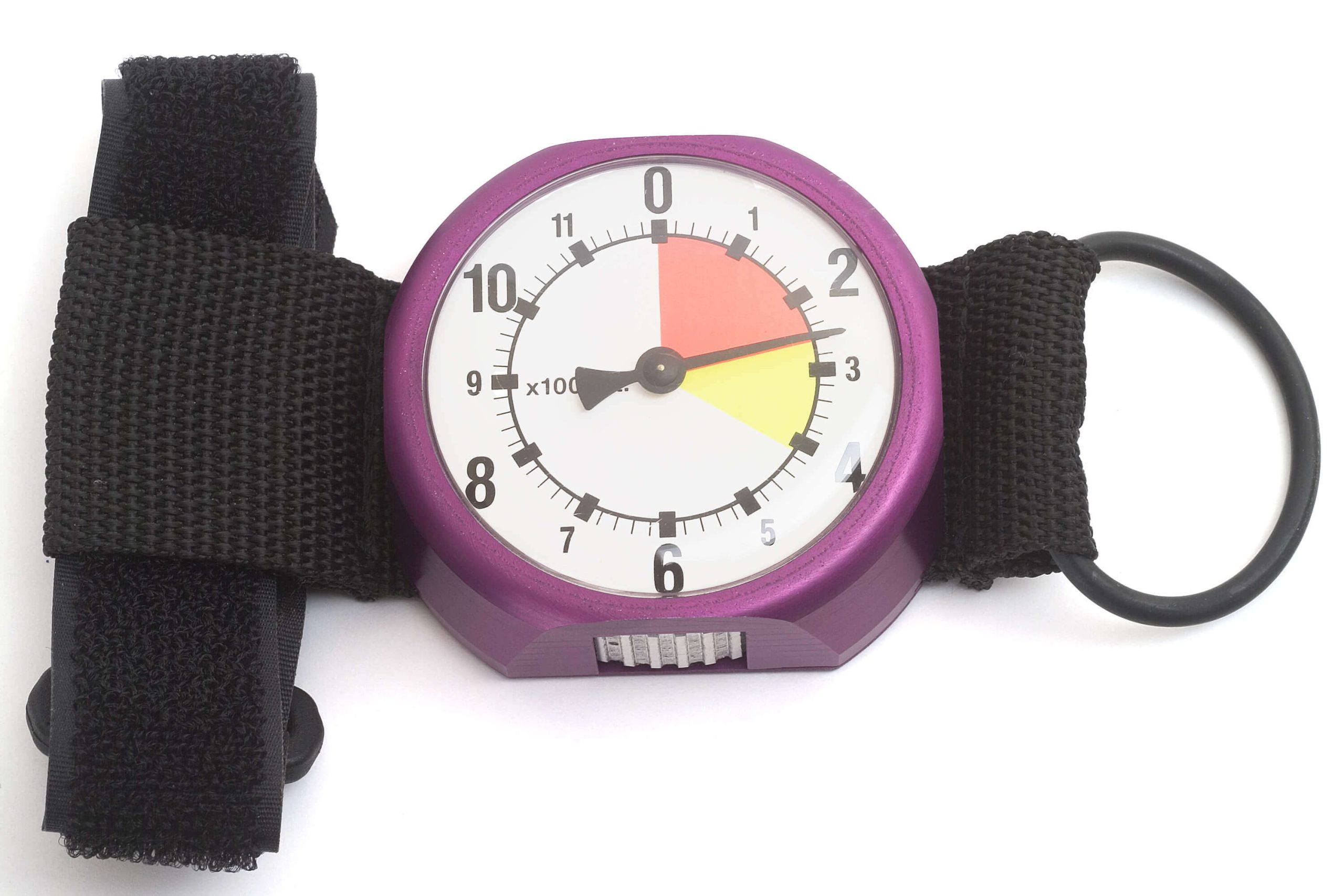Okay folks, buckle up. Today’s share hits close to home, literally about staying grounded… eventually. We’re talking why an altitude meter for skydiving isn’t just nice, it’s non-negotiable. Learned this one the hard way.

The Stupid Before the Smart
So, picture me a few years back. Fresh-faced skydiver, maybe 50 jumps under my belt, feeling invincible. Thought the altimeter on my wrist was a fancy toy. “I can kinda feel when to pull,” I told myself. Big mistake. My buddy, way more experienced, kept nagging me. “Just get one. Seriously.” I dragged my feet.
Then came Jump #63. Clear day, bit windy. Exit was fine, freefall felt great. But cruising down under my open canopy, focusing on my landing pattern near this tree line, I got distracted fiddling with a toggle. Suddenly heard frantic yelling through my radio. Glanced around – there he was, another jumper, way closer than anyone should ever be, swooping right through the space I was drifting into.
Pure adrenaline slammed me. Jerked hard, twisted my canopy. Avoided a hit by maybe ten feet. Landed shaky. Knees were jelly. Why? No real clue how high we both were. Turns out we were way lower than I thought when I started messing around, and he was higher and faster than he should have been aiming.
Dumb move. Could’ve ended bad. That was the wake-up smack upside the head.
Getting the Real Deal
Walked straight to the gear store after packing up, feeling like an idiot. Needed something simple, loud, bright. Chose a big analog one – the kind where the needle is super obvious, even in a chaotic freefall tumble. Didn’t mess with complicated digital screens. Just height. Fast. Paid up without blinking. Suddenly, the cost seemed cheap. Cheaper than a hospital bill, or worse.

Breaking it In (or It Breaking Me In)
First jump with my new “watch.” Felt heavier, more serious. Checked it constantly:
- During Exit: Glanced at it leaving the plane. Instant reference point.
- Freefall Fury: Practically glued my eyes to the damn thing. Tumbling? Glanced down, saw the needle dropping. Stable? Made mental marks: “Okay, 10,000 feet… 8,000 feet…” Way less guessing.
- Under Canopy: Total game-changer. Saw the numbers ticking down clearly. “2,500 feet? Perfect, time to start my pattern into the wind.” Before, it was pure guesstimation fueled by panic. Now? Calm(er) decisions.
It didn’t feel like an accessory anymore. Felt like a lifeline. Sounds dramatic, but true.
Why It’s Absolutely Essential (My Take)
Look, skydiving’s incredible. The rush, the views. But chaos can happen fast. Clouds roll in suddenly. Freefall spins get intense. Landings get tricky with wind shifts. Here’s why this piece of plastic and glass matters:
- No More “Kinda”: Gut feelings are garbage for height. At terminal velocity, 1,000 feet disappears scary fast. The meter tells you exactly where you are.
- Decision Tool: Low cloud layer? See your altitude immediately, know if you punch through or start deployment now. See other jumpers under canopy? Knowing both your heights prevents near-misses like mine.
- Deployment Deadline: Brain fog happens. Excitement messes with time. The altimeter gives you a loud (or visual) “Hey moron, pull NOW!” reminder at your critical decision altitude.
- Landing Safely: This is huge. Starting your landing pattern at the right height makes everything smoother and safer. Knowing your exact altitude eliminates that “Am I too high? Too low?” panic.
Bottom line? It takes a chaotic, fast-moving, three-dimensional environment and gives you one solid anchor point: exactly how far you are from the ground. You’d never drive a car blindfolded. Why jump without knowing your height?
Since getting mine? Hundreds of jumps, zero close calls like that first disaster. It just makes jumps more fun because I can relax (a little) and trust the numbers. Don’t be past-me. If you jump, even just for fun, get a good altimeter. Seriously. Won’t even leave the plane without mine now. Stay safe out there.

